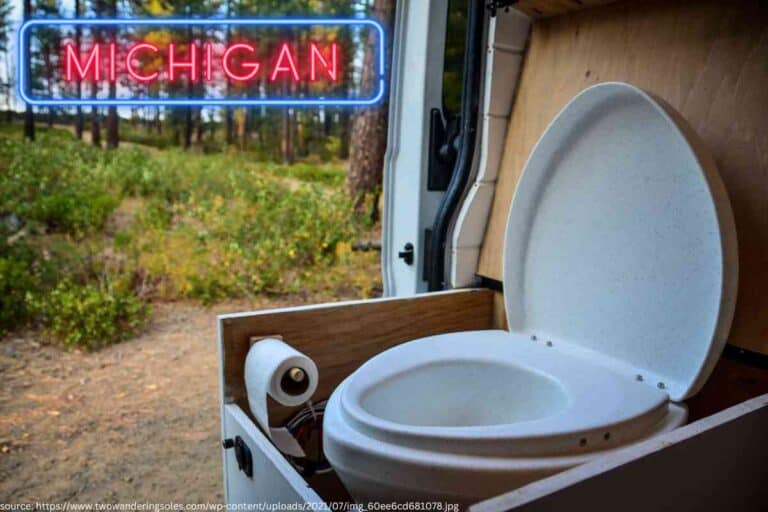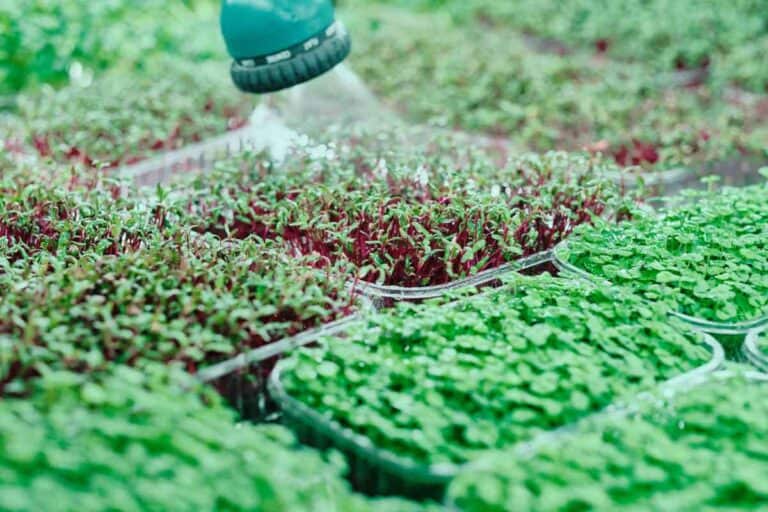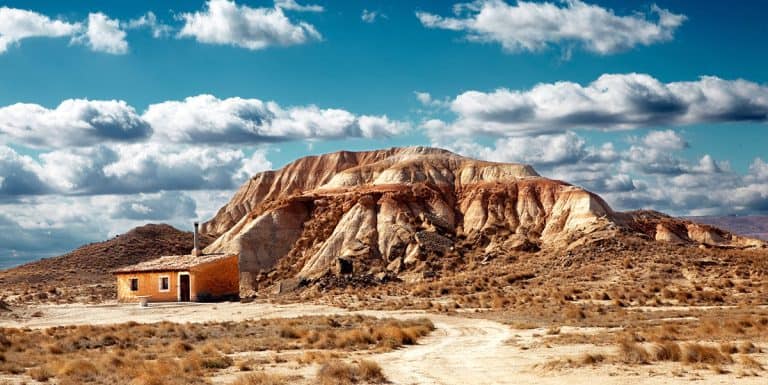The Self-Sufficient Life and How to Live It: Book Review
Every day, we are propelled into a world that is increasingly complicated and overwhelming. If you’re not careful, the complexity of your daily life can take over and consume everything in its path. This is perhaps why so many people are seeking a simpler life where they are in control, but how do you start such an endeavor? This is where The Self-Sufficient Life and How to Live It comes in handy. Written by John Seymour, this book offers readers an alternative lifestyle to help them live more self-sufficiently with less stress.
The Self-Sufficient Life and How to Live It is a book about the many different aspects of living self-sufficiently. With an emphasis on environmental sustainability, it has information for those looking to grow their own food, build homes with renewable energy sources, and live off the grid. This book covers topics such as livestock care, gardening techniques, animal husbandry practices, beekeeping methods, and more.
This article will be a short review of this wonderful book that my wife and I have read through several times (often just for the joy of it) and continue to use as a reference on our small-scale backyard farm.
About the Book
The Self-Sufficient Life and How to Live It is a book written by John Seymour in 2003, drawing on his early works and over four decades of experience. Seymor was a British author and environmentalist agrarian who believed in back-to-basics living and self-sufficiency. He has written multiple books, but The Self-Sufficient Life and How to Live It is one of his most well-known works.
The book has been translated into numerous languages. It is divided into ten chapters, which cover almost everything relevant to self-sufficiency. It is an essential read and reference book for thousands of homesteaders and backyard farmers all over the world.
The topics covered include livestock care, gardening techniques, animal husbandry practices (such as dairy farming), beekeeping methods, food preservation tips (like canning vegetables), and much more.
In the book, John Seymour talks about how to live a self-sufficient life with minimal waste. His goal is to teach people how they can be more self-reliant, partly so that if some sort of emergency were to happen (the electric grid going down), the reader would have the knowledge and skills necessary to take care of themselves. But also because Seymor believed that self-sufficiency leads to a healthier life more in tune with nature and less dependent on outside sources of food and energy.
Content
The book starts out with a preface and an introduction to the philosophy of a self-sufficient life. This section is relatively short but an important read. John Seymour then delves into gardening as an essential part of living a self-sufficient life. He talks about how to grow your own food, but also the importance of being aware of what you eat. He focuses on eating fresh vegetables year-round and avoiding processed food as much as possible.
In chapter three he writes about animal husbandry and introduces the reader to most of the animals that are used for food and other purposes – such as cows, pigs, chickens, and many others that can provide a good source of food for your family as well as produce fertilizer for your garden. He talks about the advantages of different breeds, how much space they require, what feed is required, etc. There are also instructions on building enclosures, chicken coops, how to butcher a pig, milk a cow, and many other topics.
The fourth chapter covers food from the fields, including how to clear fields, irrigation, and the many types of grains and crops that can be grown. The fifth chapter is about food from the forest and how to hunt, fish, etc. for meat. Seymour also talks about wild plants that can supplement your diet with vitamins or minerals – he mentions wild chestnuts, elderflower, and many other examples of plants you might not think twice about because it grows all over but is actually a very good resource.
Chapters six to eight are about feeding the family and Seymour makes a compelling argument for home cooking. In this section he also includes instructions on canning, preserving fruit and vegetables using salt or sugar, drying food in an oven or sun (as well as other methods), storing food without refrigeration, and even how to make beer and wine at home.
The last two chapters, nine and ten, are about self-sufficiency in other respects than food. Such as how to heat your home and generate energy, dying and weaving, metalwork, and many other things. You will also find a list of what you should consider and be aware of to avoid common pitfalls.
Style and Comprehension
The book is easy to read and has lots of beautiful and informative illustrations. I specifically love the one-acre farm outline that wonderfully demonstrates how a relatively small plot of land can be utilized to grow the majority of what an individual needs to feed themselves:

There are a lot of resources including lists for planting different types of vegetables, as well as other resources such as how to utilize space optimally and how to take the changing seasons into consideration.
John Seymour’s engaging and encouraging tone throughout the book helps to make his point that self-sufficiency is not some impossible thing. He proves that it can be achieved by anybody in a little bit of space or on a larger scale. He also emphasizes that it doesn’t have to mean you are cut off from society either: as he points out, the self-sufficient person is not a hermit living in isolation but an active member of society with something to offer.
This is not just a step-by-step guide that will tell you how to things, it also teaches why we do them, and the whys are equally important as the hows. It promotes systems thinking that allows you to take what you learn and apply it in any way you want, to make it work for your lifestyle. And to problem-solve based on that knowledge, so you can adapt to your environment and circumstances.
Many books attempt to do this, but they often fail: they are either too broad, address a very specific reader, or are too much of an instruction manual. Seymour’s book is well-rounded, comprehensive, and accessible to a wide audience.
Buy The Book Now
Did you find this review helpful? Freedom Residence is a reader-supported website. When you purchase something using one of our affiliate links, we get a small commission at no extra cost to you. It’s how I am trying to build my own self-sufficient lifestyle! Thank you in advance for your support!
In Summary
The Self-Sufficient Life and How to Live It is an excellent resource for those who want to learn about living off the land in a sustainable way. It offers an inspiring and achievable vision of what a self-sufficient life could mean in modern society. There is something for everyone, from those who might want to experiment with growing some vegetables in the backyard or smallholding, right up to people living off-grid in remote parts of the world.
You will not get as in-depth information on any one specific topic as you would from a book dedicated to a specific subject, but in most cases, you will know more than enough to do the task well. This is a must-read for homesteaders, backyard farmers, and anybody who wants to become partly or fully self-sufficient.
If I were to start a backyard garden or a homestead from scratch and could only bring one book to sustain myself and my family, The Self-Sufficient Life and How to Live It would be it.







